99% of people miss this about the Illuminati
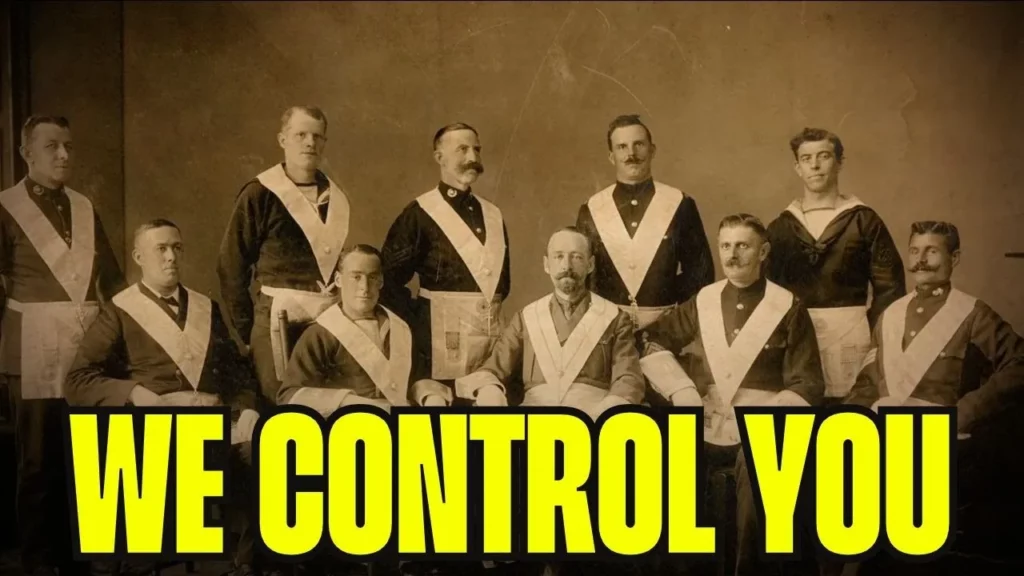
The lesson explores the concept of the Illuminati, a purported secret society believed by some to influence global events and involve powerful figures, including celebrities and billionaires. It delves into the origins of the Illuminati, founded in 1776, and examines its evolution into a cultural phenomenon fueled by conspiracy theories, particularly in the 20th century. Despite numerous rumors and associations with public figures, the lesson emphasizes the lack of concrete evidence supporting the existence of such a group.
Is the “Deep State” Real?
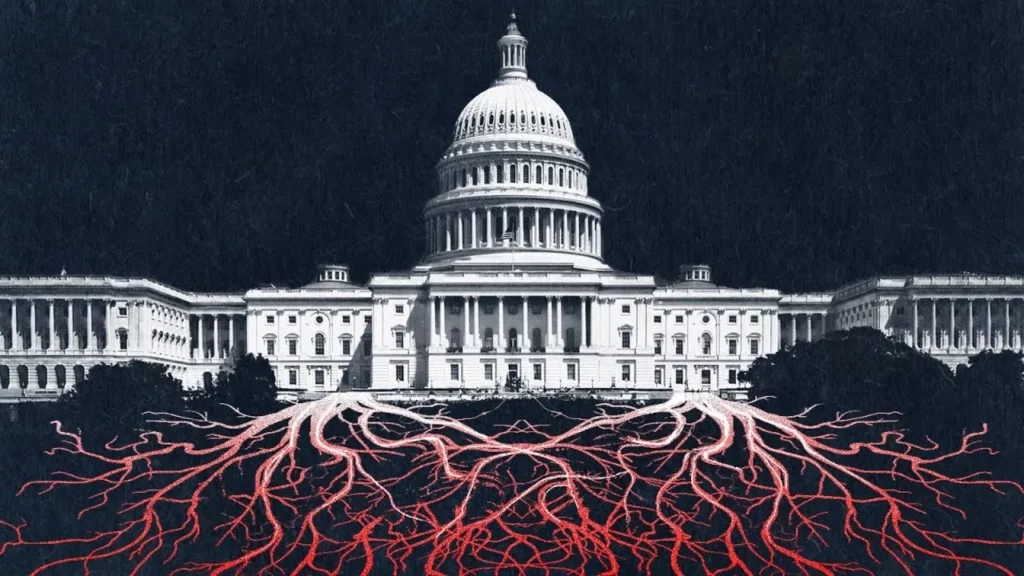
The lesson explores the concept of the “Deep State,” which refers to a hidden network of influential individuals within government and military agencies believed to operate independently of elected officials. It traces the origins of this idea to historical events, such as the Cold War and controversial operations like Operation Mockingbird, highlighting concerns about the balance of power and civil liberties. Ultimately, the lesson emphasizes that while the existence of a Deep State is debated, it underscores enduring themes of power and governance throughout history.
What Punishment was like for Vikings
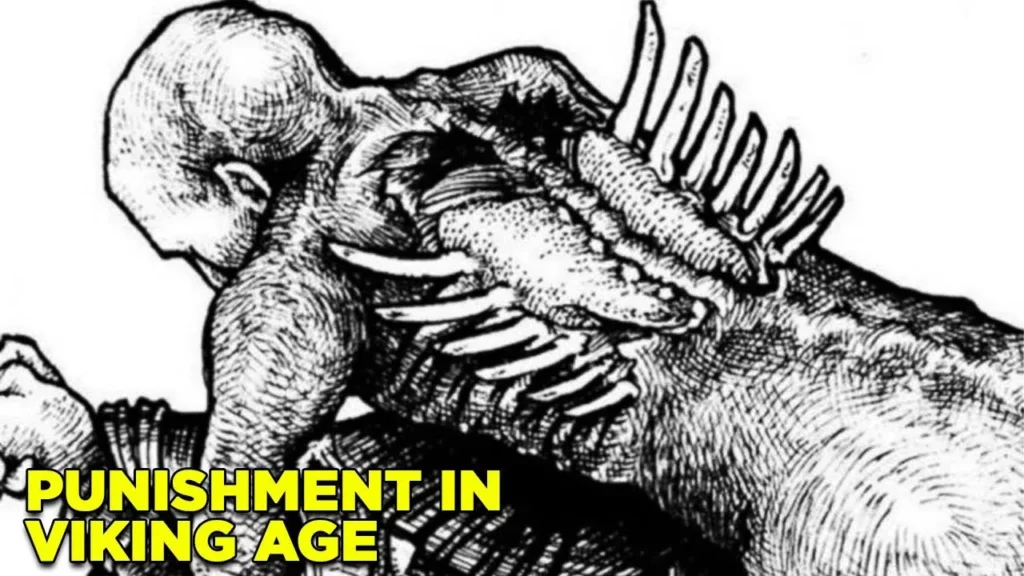
The lesson explores the Viking justice system, highlighting its complexity and the harshness of its punishments. Vikings had unique views on crime, where public duels were honorable, and theft was considered worse than murder, leading to severe consequences. Through community assemblies called “things,” they maintained order, although some punishments, like the infamous “blood eagle,” remain subjects of debate regarding their historical accuracy.
The S€x Scandal that destroyed Roman Democracy
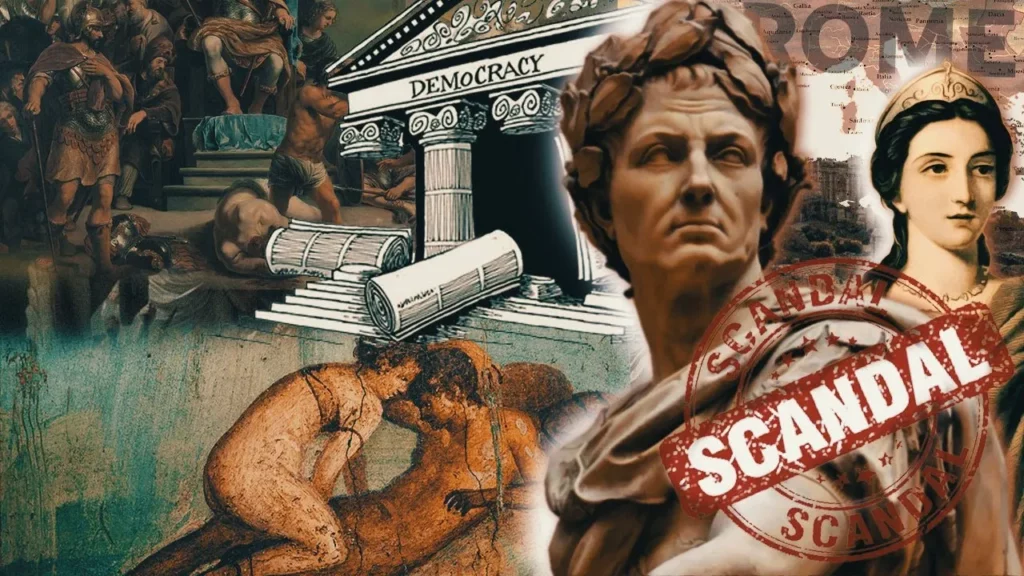
The lesson explores the significant scandal involving Julius Caesar’s wife, Pompeia, and the young nobleman Publius Claudius Pulcher during the Bona Dea Festival in 62 BCE, which ultimately impacted Caesar’s reputation and political landscape in Rome. Despite the scandal, Claudius managed to rise in power with the support of influential figures like Caesar and Crassus, leading to a series of political conflicts that contributed to the decline of the Roman Republic. The incident highlights the complexities of leadership, the consequences of personal scandals, and the shifting dynamics of power in ancient Rome.
What Punishment was Like in Versailles

The lesson explores the complex and often harsh justice system of Versailles, highlighting significant events such as the introduction of the guillotine during the French Revolution and the notorious Affair of the Poisons under Louis XIV. It emphasizes how these punishments reflected the societal norms of the time, with the guillotine symbolizing a shift towards more humane execution methods, while the Affair of the Poisons revealed the dark undercurrents of power struggles and witchcraft within the royal court. Overall, Versailles served as both a symbol of opulence and a site of chilling justice.
CREEPY Things that were "Normal" in Ancient India
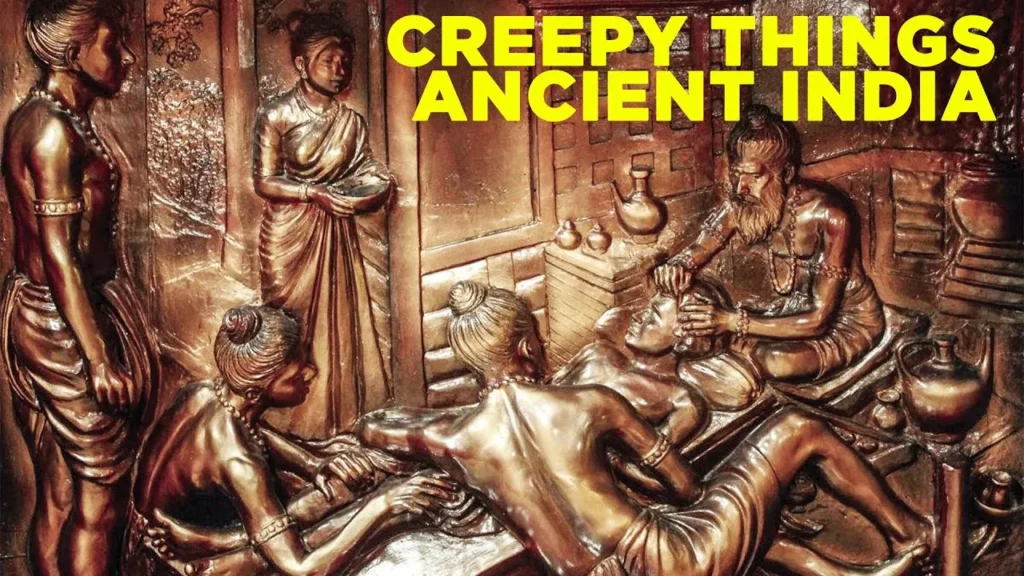
The lesson explores the societal changes in ancient India following the decline of the Indus Valley Civilization, particularly the emergence of the caste system and its impact on social hierarchy. It highlights the severe discrimination faced by the “untouchables” or Dalits, the decline of women’s rights, and the tragic practices surrounding widows, such as “Sati.” Overall, the lesson illustrates how these customs and social structures shaped the lives of individuals in ancient Indian society, often leading to significant injustices and limitations.
What were the Vikings Hiding?

The lesson explores the multifaceted aspects of Viking culture, highlighting their reputation as both fierce warriors and skilled explorers. It delves into lesser-known practices such as human sacrifice, the use of psychedelic substances by Berserkers, the role of women in society, and the rich tapestry of Norse mythology, illustrating the complexity and depth of Viking life beyond their notorious raids. Through these insights, the lesson challenges the simplistic view of Vikings as merely brutal marauders, revealing a culture with intricate traditions and beliefs.
What Filthy Hygiene was Like Around the World

The lesson explores the bizarre and often unhygienic practices related to cleanliness throughout history, highlighting strange remedies for hair loss, the unusual habits of historical figures like King James and Michelangelo, and the peculiar uses of substances like urine. It illustrates how societal beliefs about hygiene have evolved, from the consumption of mummy parts in medieval Europe to the popularity of wigs in the 18th century, revealing a fascinating yet filthy aspect of human history. Ultimately, it encourages readers to reflect on the oddities of past hygiene practices and their implications on health and society.
What Were The Shortest-Lived Countries in History?
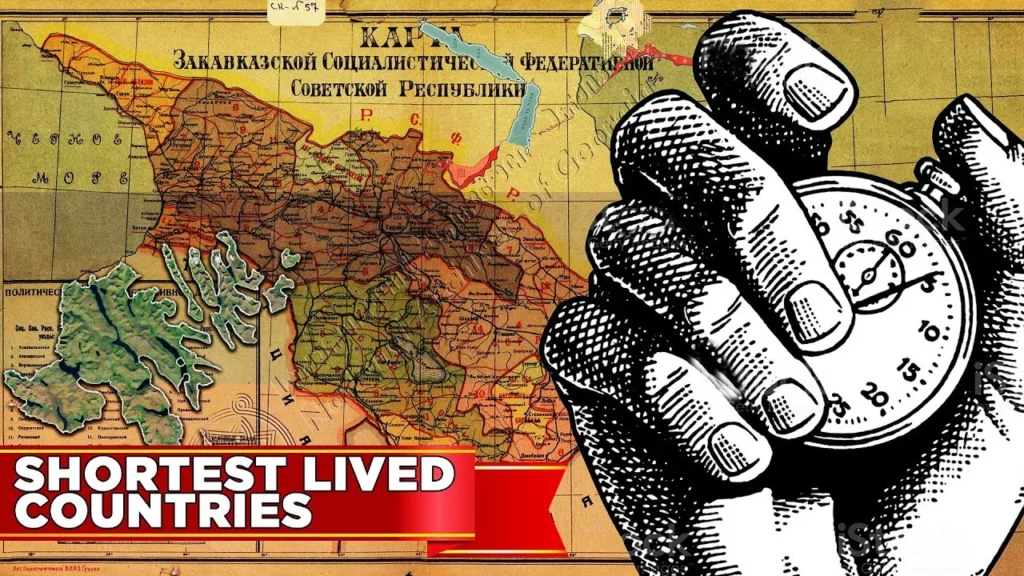
The lesson explores the concept of short-lived countries throughout history, highlighting the complexities of defining a country through the Constitutive and Declarative theories. It examines several examples, such as the Democratic Republic of Yemen, Transcaucasia, the Sultanate of Zanzibar, and the Faroe Islands, illustrating how political recognition and territorial claims can lead to the brief existence of nations. Ultimately, the lesson encourages reflection on the nature of sovereignty and the evolving landscape of global politics.
The SAD but TRUE Story of Marilyn Monroe
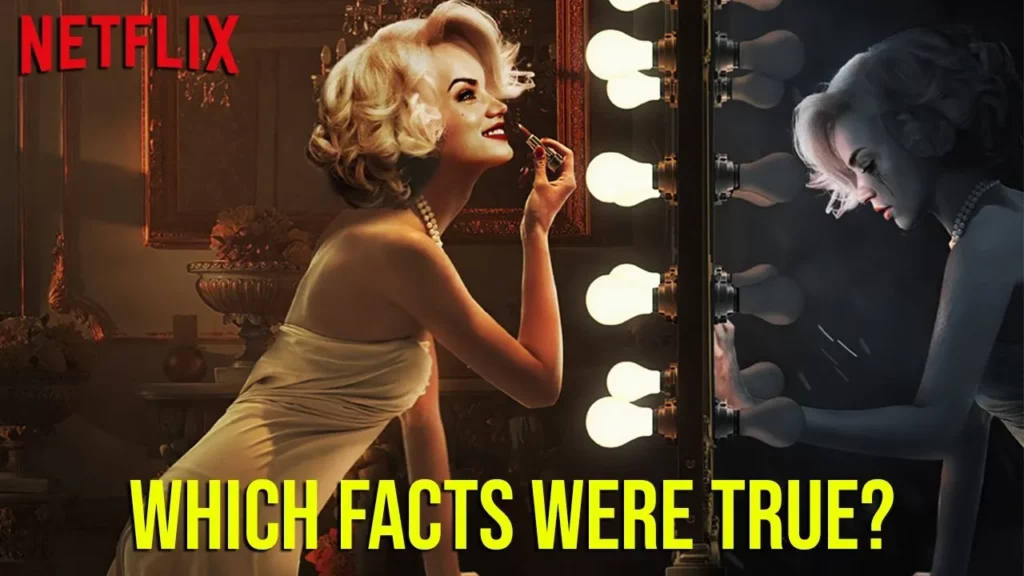
The lesson explores the complex life of Marilyn Monroe, revealing her as more than just a glamorous icon but a talented and intelligent woman who faced significant challenges, both personally and professionally. It highlights the discrepancies between her real life and its portrayal in the film “Blonde,” emphasizing the impact of societal perceptions, her struggles with relationships, and the difficulties she encountered in the entertainment industry. Ultimately, the lesson encourages viewers to differentiate between the fictionalized narrative and the true story of Monroe’s life.